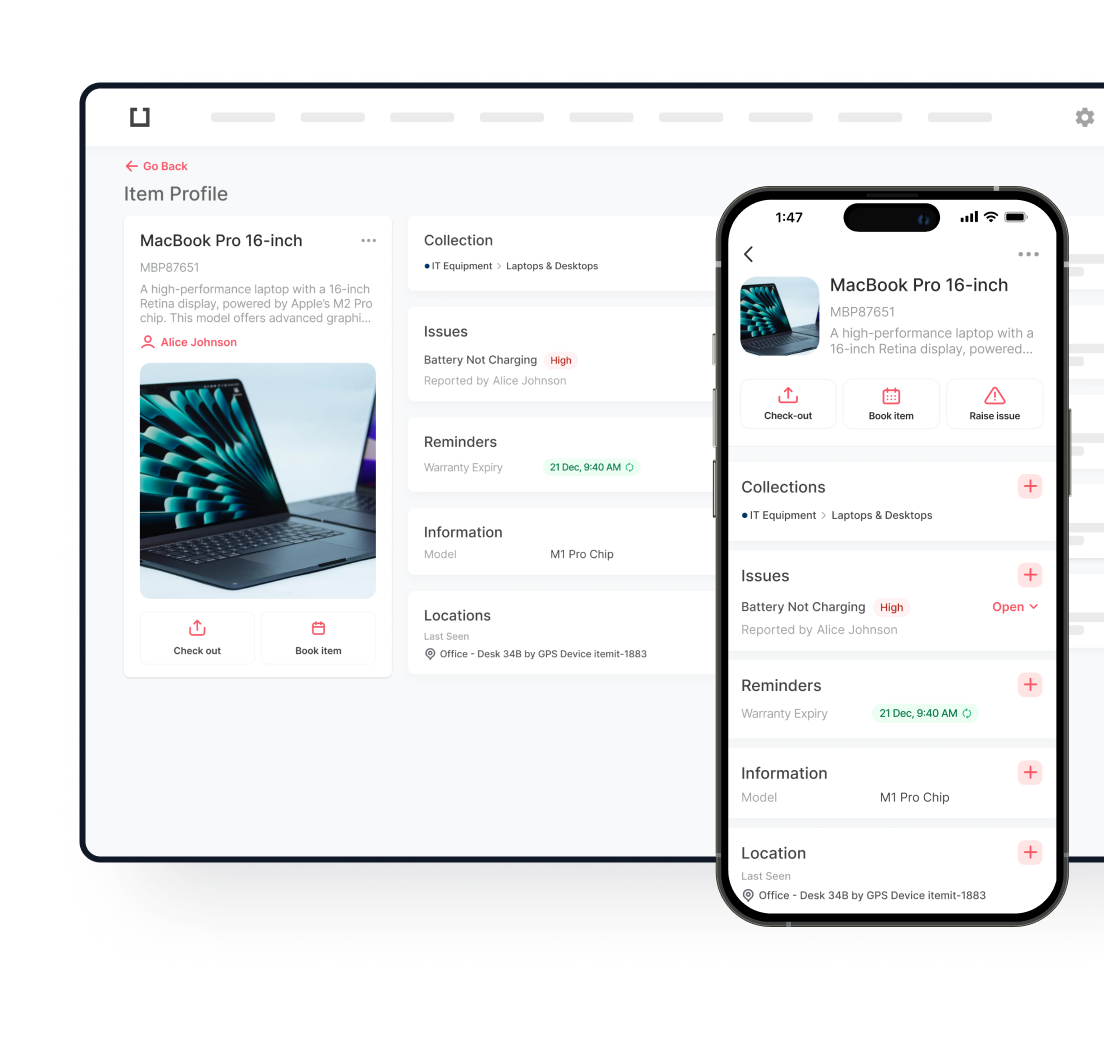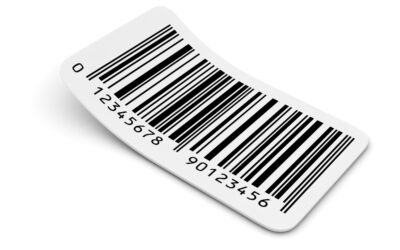
Equipment failures cost manufacturers billions each year. A pump breakdown halts production. A faulty HVAC system disrupts office operations. A malfunctioning vehicle delays deliveries. Behind these scenarios lies a common thread: insufficient asset reliability.
What is asset reliability? Simply put, it’s whether your equipment works when you need it to. More technically, it measures the probability that assets perform their intended functions consistently under specific conditions over time. When equipment fails unexpectedly, the ripple effects spread quickly—production stalls, customers grow frustrated, and costs spiral upward.
The industry of asset reliability management has developed because companies cannot afford these disruptions. Unplanned downtime costs industrial businesses about £50 billion annually. Therefore, dependability not only affects operational performance but is also a strategic imperative influencing profitability and competitive positioning.
What Is Asset Reliability?
Asset reliability measures how consistently equipment performs its intended function under specific conditions. Think of it as your equipment’s trustworthiness score. Will your machinery work when you need it? For how long? Under what conditions?
Some industries have embraced reliability as a cornerstone of operational excellence. Others still treat maintenance as an unfortunate cost of doing business—a reactive necessity rather than a strategic advantage. This mindset proves expensive. According to recent asset reliability management market research, manufacturers alone lose approximately £50 billion annually to unplanned downtime.
The companies that outperform their competition understand something fundamental: preventing failures costs far less than responding to them.
Understanding Asset Reliability Management
Reliability management encompasses everything from how assets are selected and installed to how they’re operated, maintained, and eventually decommissioned. It’s both a technical discipline and a management philosophy that prioritises consistency and predictability.
A proper asset reliability management approach includes:
- Equipment criticality ranking
- Failure mode analysis
- Targeted preventive maintenance
- Performance monitoring
- Continuous improvement protocols
Many organisations confuse reliability with other asset management aspects. There’s a crucial difference between asset integrity and reliability. Integrity focuses primarily on safety and environmental compliance, preventing catastrophic failures that could harm people or surroundings. Reliability addresses all types of failures—even minor ones that merely reduce efficiency without posing safety risks.
The challenges facing maintenance teams have grown increasingly complex:
- Ageing infrastructure requires more frequent attention
- Budget constraints limit resources for proactive work
- Maintenance staff shortages create knowledge gaps
- Legacy equipment lacks modern monitoring capabilities
- Pressure to maintain operations leaves little time for improvement initiatives
Despite these obstacles, forward-thinking organisations have found ways to transform their approach to asset reliability management.
Essential Elements of Reliability Asset Management
A mining company in Wales struggled with frequent conveyor failures that repeatedly halted production. Rather than continuing their cycle of emergency repairs, they implemented strategic reliability asset management. They started by classifying assets based on operational impact—which equipment absolutely couldn’t fail without stopping everything?
This criticality assessment formed the foundation for prioritising resources. Not all assets deserve equal attention. Some equipment can run to failure with minimal consequence, while other systems demand aggressive preventive maintenance.
Once priorities were established, the company developed tailored maintenance strategies for each category. Critical systems received comprehensive monitoring and frequent preventive care, while less critical equipment received basic inspections and routine service.
Data collection proved vital to their success. Using a combination of operator observations, maintenance records, and sensor readings, they conducted a detailed asset reliability analysis that revealed previously undetected patterns. Slight temperature increases preceded most conveyor failures by 72-96 hours—a discovery that transformed their maintenance approach.
The company established performance metrics to track improvements, including:
- Mean Time Between Failures (MTBF)
- Overall Equipment Effectiveness (OEE)
- Maintenance cost as a percentage of replacement value
- Percentage of planned vs. unplanned maintenance
Within 18 months, production disruptions decreased by 64%, while maintenance costs dropped by 27%. Their experience highlights how structured reliability asset management delivers measurable returns.
Preventive Maintenance: Building the Foundation
A Midlands manufacturing facility struggled with constant breakdowns until they implemented systematic preventive maintenance. Their approach included multiple components:
- Time-based maintenance: Regular service intervals are determined by manufacturer recommendations and equipment history. This method is simple but effective for many components with predictable wear patterns.
- Usage-based maintenance: Service triggered by operational metrics rather than calendar dates. Their CNC machines received maintenance after specific production hours rather than arbitrary timeframes.
- Condition-based maintenance: Actions prompted by actual equipment health rather than schedules. Vibration analysis on critical motors allowed them to detect imbalances and bearing wear before they caused failures.
Their maintenance supervisor noted: “We spent years fighting fires—rushing from one breakdown to another. Preventive maintenance changed everything. We now control when equipment comes offline rather than having it surprise us.”
The financial impact proved substantial. Emergency repair costs typically ran 3-5 times higher than planned maintenance. Add production losses, quality issues, and expedited parts shipping, and the total cost disparity grew even larger.
For organisations implementing preventive maintenance programs, success typically hinges on the following:
- Starting with truly critical equipment
- Creating detailed maintenance procedures
- Scheduling work to minimise operational disruption
- Documenting findings to build historical records
- Continuously refining the program based on the results
The most effective programs integrate smoothly with asset reliability and maintenance management systems, creating closed-loop processes where each maintenance activity generates data that informs future decisions.
Real-Time Tracking: Taking Reliability Further
While preventive maintenance provides the foundation, real-time tracking technologies elevate asset reliability to another level entirely. A water utility in northern England deployed such an asset-tracking solution with dramatic results.
Their challenge is managing thousands of distributed assets across a vast geographic area. Traditional inspection routes proved inefficient, with technicians spending more time travelling than actually maintaining equipment.
Their solution combined several technologies:
- Remote sensors monitoring critical parameters (pressure, flow, temperature)
- GPS tracking on maintenance vehicles and portable equipment
- RFID tags on components to ensure proper identification
- Mobile apps provide technicians with real-time condition data
- Cloud-based analytics identifying developing issues
These systems provide essential data for shifting from purely scheduled maintenance to condition-based approaches. This transition optimises resource allocation while improving asset reliability.
Utility companies that install sensors across their distribution networks often report substantial benefits. Common results include significant reductions in emergency maintenance calls and extended service life for critical infrastructure components. These outcomes demonstrate the practical impact of merging tracking technologies with reliability asset management practices.
When implementing tracking solutions, consider the following:
- Which failure modes could be detected through monitoring
- What data would actually change maintenance decisions
- How to integrate new information into existing workflows
- Whether staff has the necessary skills to use the technology effectively
- How to measure return on investment
The most successful implementations of real-time tracking don’t treat it as separate from preventive maintenance—they integrate both approaches into a comprehensive reliability asset management strategy.

Building Your Asset Reliability Management Program
A distribution centre near Manchester struggled with equipment downtime that repeatedly disrupted operations. Their journey toward implementing an asset reliability management program offers valuable lessons for organisations facing similar challenges.
They began with a thorough assessment, documenting current maintenance practices, equipment performance, and failure histories. This baseline revealed that 78% of their maintenance activities were reactive—addressing failures after they occurred rather than preventing them.
Next came strategy development. They established clear objectives with measurable targets:
- Reduce reactive maintenance to less than 30% of total work
- Decrease downtime by 50% within 18 months
- Cut maintenance costs by 20% within two years
Asset prioritisation proved crucial. Their automated sorting system absolutely couldn’t fail without halting all operations. Their cardboard baler, while important, could be temporarily bypassed if necessary. This criticality assessment shaped resource allocation decisions.
Technology selection followed. They evaluated various maintenance management systems and monitoring technologies, ultimately choosing solutions that integrated well with existing infrastructure and matched their team’s technical capabilities.
Their implementation followed a phased approach:
- First, establishing reliability practices for critical systems
- Then, extending the program to secondary equipment
- Finally, incorporating supporting assets
Throughout the process, they tracked performance against established metrics, using the data to refine their approach. When vibration monitoring didn’t deliver the expected results on conveyor systems, they adjusted their technique rather than abandoning the effort.
The program required cross-functional involvement:
- Operations provided insight into equipment constraints and production requirements
- Maintenance technicians contributed practical knowledge about failure modes
- Engineering suggested design improvements to address recurring issues
- Procurement helped source quality replacement parts
- IT-supported data management and system integration
This collaborative approach proved essential to the program’s success. Within two years, reactive maintenance dropped to 24% of total work, downtime decreased by 63%, and overall maintenance costs fell by 22% despite increased investment in predictive technologies.
Their experience demonstrates that implementing an effective asset reliability management program requires both technical expertise and organisational commitment. The process takes time but delivers substantial returns through improved productivity, reduced costs, and extended asset life.
Beyond Conventional Approaches
Some organisations push reliability practices even further. A pharmaceutical manufacturer in Scotland implemented advanced analytics that correlate maintenance data with production metrics, environmental conditions, and even operator behaviours. This approach enabled them to identify subtle patterns invisible to conventional analysis.
They discovered that certain batches of raw materials contributed to accelerated equipment wear. Specific operator practices—while seemingly harmless—affected equipment reliability over time. Even atmospheric humidity played a role in the performance of sensitive packaging equipment.
This level of asset reliability analysis may seem excessive for some operations. Yet, it illustrates how forward-thinking companies continue finding new ways to improve reliability. The principles remain consistent even as implementation methods evolve.
Taking Reliability from Theory to Practice: Next Steps
Manufacturing plants reduce downtime by significant percentages. Logistics companies cut vehicle maintenance costs substantially. Healthcare facilities extend critical equipment lifespan by several years. What connects these success stories? Their commitment to asset reliability through preventive maintenance and real-time tracking.
Reliability doesn’t materialise overnight. It emerges from methodical practices, consistent execution, and ongoing refinement. Successful organisations view maintenance not as a necessary evil but as a strategic advantage that delivers competitive benefits.
The future of reliability management looks different from yesterday’s approach. Sensors are becoming smaller and more affordable, and analytics are becoming more sophisticated. Maintenance technicians are increasingly using predictive algorithms rather than fixed schedules or intuition. These advances don’t change the fundamentals—they amplify them.
For facility managers battling equipment failures, operations directors struggling with efficiency problems, or maintenance teams drowning in reactive work, implementing proper asset integrity management offers a clear path forward. The question isn’t whether you can afford reliability—it’s whether you can afford its absence.
Ready for fewer emergencies and more predictability? Itemit’s asset-tracking solutions help businesses transform their maintenance operations from reactive to proactive. Your reliability journey starts with a single step—take it today.

Try itemit
Choose a better way to track
your assets.
Start your free 14-day trial now!

Keep Learning
itemit Blog
Tips, guides, industry best practices, and news.
What Is Active RFID? A Complete Guide to Smart RFID Tags
Discover what Active RFID is, how active tags function, and the key benefits and use cases that make this technology essential for modern tracking systems.
Everything You Need to Know About 2D Barcodes
Discover everything about 2D barcodes, including how they work, their benefits, and how they are revolutionizing industries and improving business operations
Complete Guide to Asset Lifecycle Management and Its Benefits
Learn about asset lifecycle management and how it helps businesses optimize asset usage, reduce costs, and improve efficiency throughout the asset’s life.



